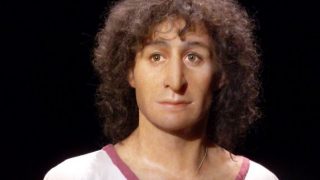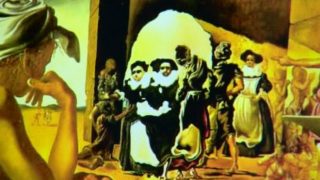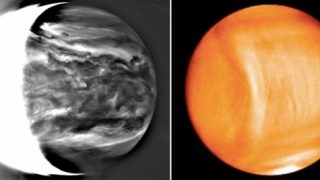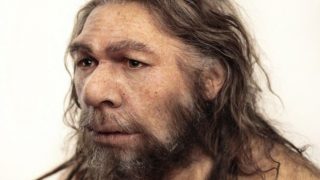
MI weekly selection #185
Humanities & Social Sciences • Science • Technology • Weekly Selection
Newly found form of CRISPR can break apart RNA Researchers have found that a mouth bacterium can make a form of CRISPR that breaks apart RNA rather than DNA. The finding could have applications for adjusting proteins in cells or targeting cancer cells. The New York Times Photons’ quantum properties could be used to send […]








